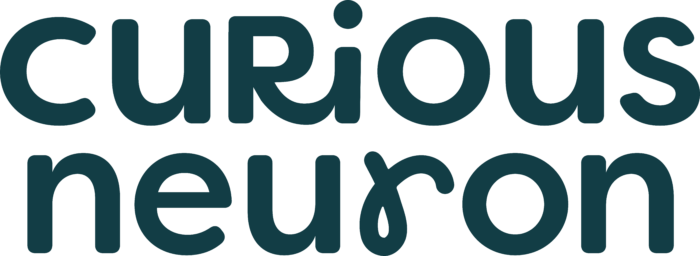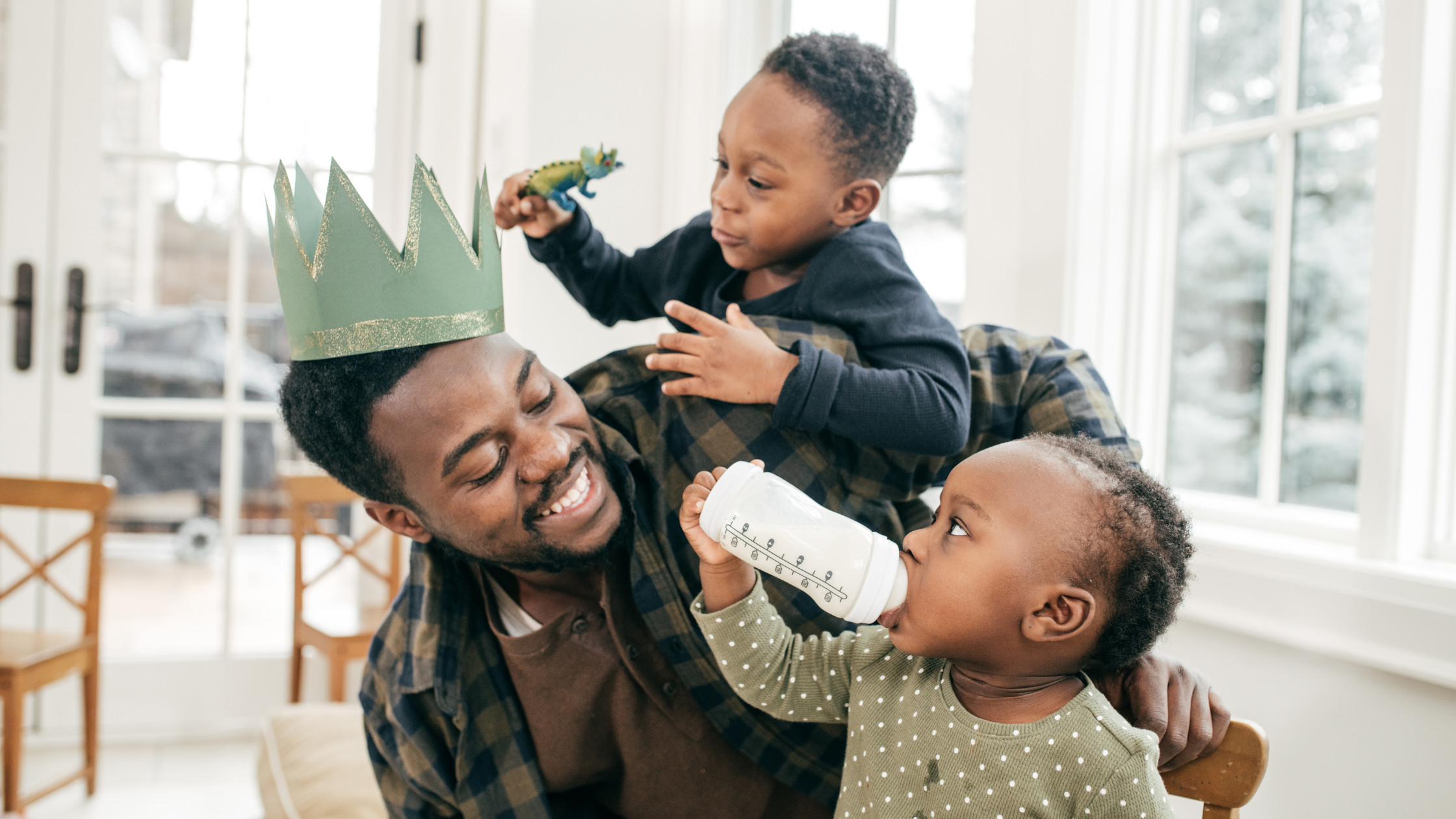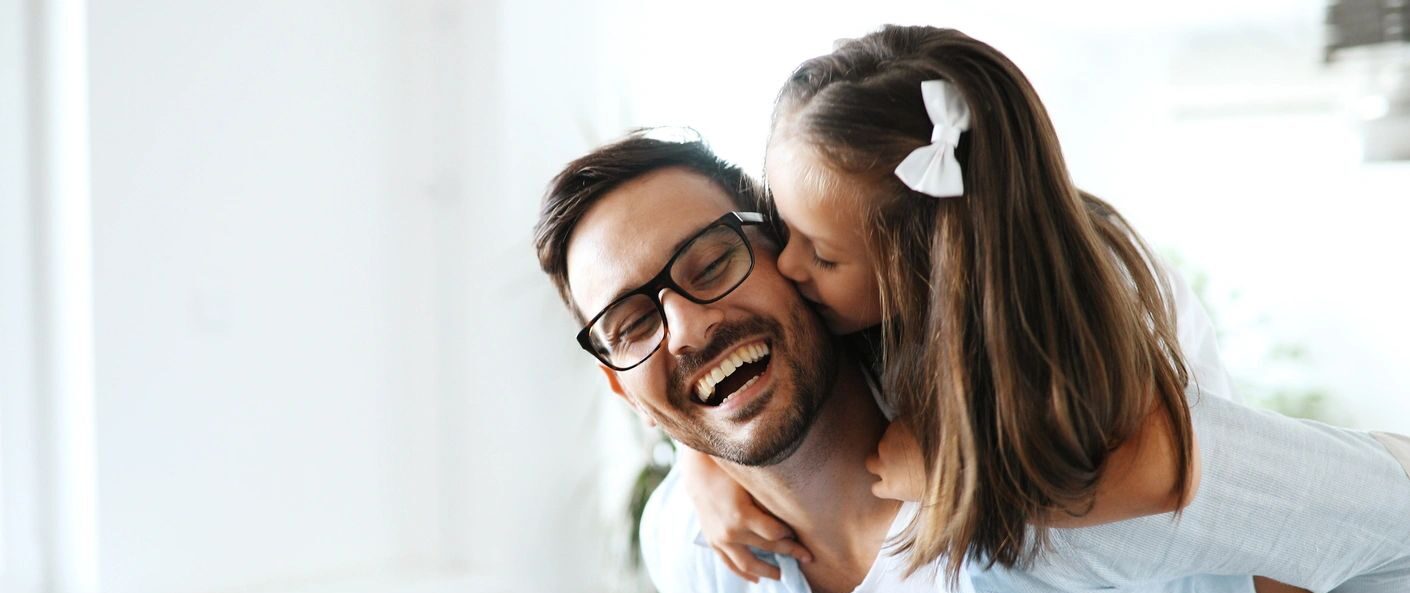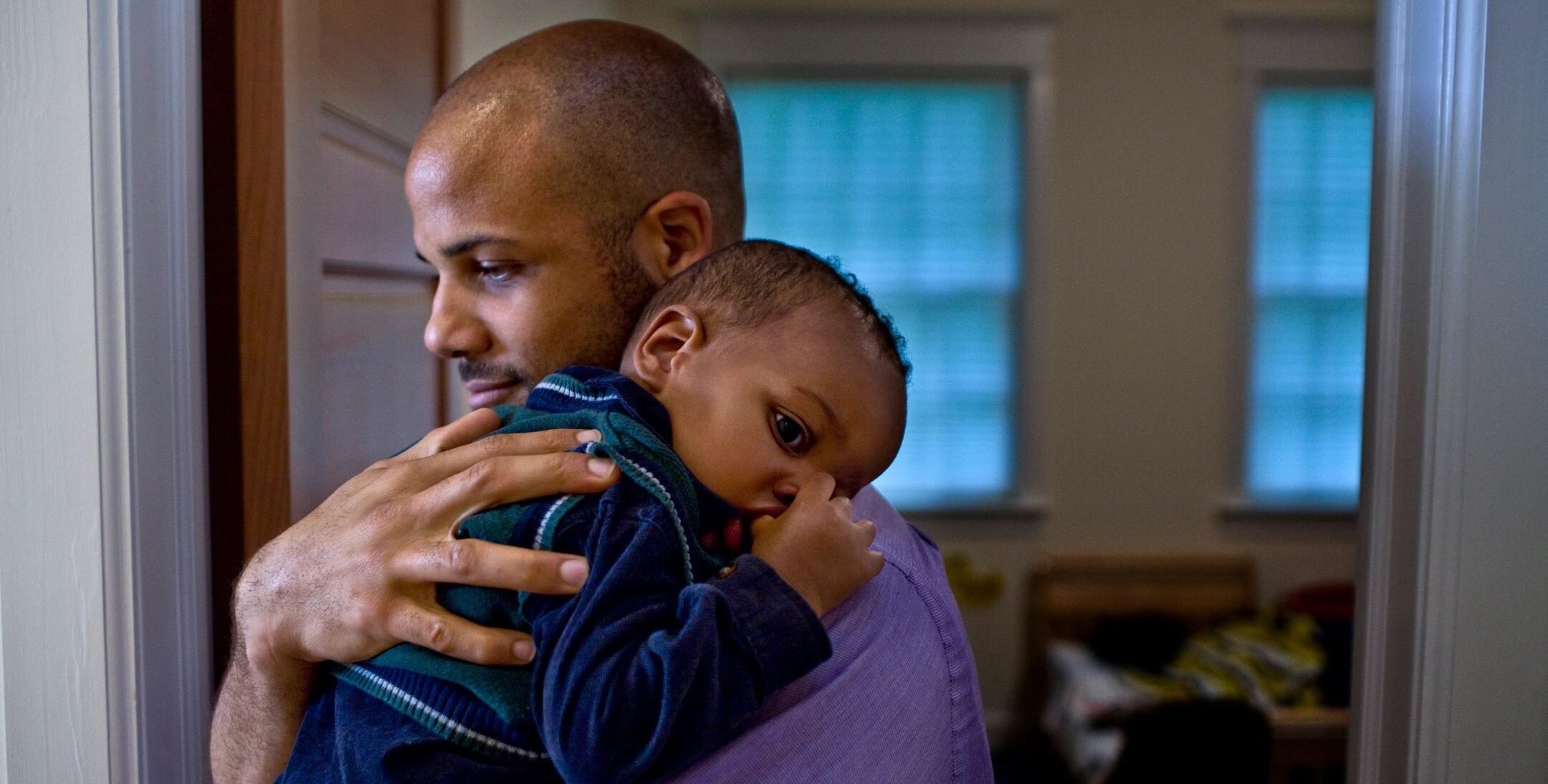Written by Cindy Hovington, Ph.D., Founder of Curious Neuron and Host of the Curious Neuron Podcast
Montreal, Canada
Brain development in babies
At birth, humans have the least developed brain compared to other mammals. While, genetics plays a major role in brain development while in utero, the interaction between genes and early childhood experiences or a child’s environment will literally shape a child’s brain after birth. A baby is born with too many brain cells (neurons) so it needs to “prune” unused neurons after birth. Pruning of brain connections is largely dependent on experience which falls under the “use it or lose it” principals of brain plasticity. Factors that have the greatest impact on brain development include minimizing stress, creating a secure attachment and optimal nutrition.
How to use open-ended toys to promote developmental milestones
Developmental milestones cover 4 areas including social/emotional, language, cognition (thinking, learning and problem solving) and movement/physical development. By playing with our children and also supporting their independently play, we can help our children reach their milestones. You can read all the milestones from birth to age 5 here.
There is no need for an abundance of toys to promote development in our children. Open-ended toys allow a child to grow with the toy and can help promote their development. Below is an example of how 1 toy can be used from 18 months to age 3. I am using the rainbow pebbles from Edx Education (see list below for links to purchase).
18 Months
-
Social development
Learning to hand over an object to someone. Place the pebbles on the floor and ask your toddler, “Would you like a pebble?” then point to one and ask “Would you like this pebble?”. Pointing to something they find interesting is part of their development. After handing a pebble over to them, ask your child, “May I have a pebble please?” Do this until they understand that they need to hand it over to you.
-
Cognitive development
Naming body parts. You can play a game by placing a pebble on their foot and naming the body part. Then place it on their shoulder or hand and name it.
1-step instructions. You can place a Kleenex box in front of your child and ask them to place a pebble inside the box (demonstrate it first). You could also point to pebbles of different colors and name the colours with them.
2 Years Old
-
Social/emotional development
Copying our actions. Stack 2-3 pebbles or place them in a specific order (yellow, red, green) and ask your child to copy this.
Playing independently. Including the activity cards that come with the pebbles will allow them to develop their ability to remain focused longer. Try to present the pebbles in an inviting way by laying them out on a shelf that is at your child’s height, this way that can independently start to play with them rather than asking you to open the box.
2-step instructions. You can place the pebbles on a wooden spoon and race around your home. The rules could include, “Place the pebble on your spoon and walk up the refrigerator”. The goal of the game is not to drop the pebble.
-
Cognitive development
Begins sorting shapes and colours. Sit down with your child and ask them to sort the pebbles either by color or by size. First, provide guidance and as they get better allow them to do it more independently. You can also place a sheet of paper on the floor that matches the colors of the pebbles. For instance, have a yellow and a red paper and ask them to place all the yellow pebbles on top of the yellow paper.
-
Physical development
Copies straight lines and circles. Place 2 pebbles on a sheet of paper and challenge your child to draw a line from one pebble to the other. You can add more pebbles on your paper and at different distances to make it challenging. You can teach your child how to draw circles by outlining the largest pebble with a crayon.
3 Years Old
-
Social development
His, hers, yours, mine. Place all the pebbles on the floor, take one and say “this pebble is mine”. Hand a pebble to your child and say “this pebble is yours”. If their sibling is with you or your spouse, hand them a pebble and say “this one is his/hers”.
-
Cognitive development
2-3 step instructions. You can add one more rule to the wooden spoon game above. Instead of walking, you can ask them to walk backwards or sideways or to jump on one foot.
“In”, “on”, “under” and “below”. Using a Kleenex box, place a pebble inside, under or on top and have your child repeat or guess where you are placing the pebble.
Playing pretend. Open-ended toys such as these pebbles can become anything with our imagination. You could play bank, restaurant or grocery store and pretend the pebbles are money, pancakes or various food items respectivley.
Educators have identified many types of valuable play for little ones, from Quiet and Creative to Social and Active, all of which are encapsulated in this fun activity. It may be child’s play, but Rainbow Pebbles can have a ripple effect on young imaginations. To look at more educational toys to spark your children’s imaginations to encourage learning through play edxeducation.
Rainbow pebbles
UNITES STATES
Junior Activity Set (ages 18months+)
CANADA
About the Author
Cindy holds a doctoral degree in neuroscience from McGill University. Her studies focused on emotions and memory in people with psychosis. During her studies at the Douglas Mental Health Institute in Montreal, she had the pleasure of becoming one of the coordinators of an award-winning science outreach program called BrainReach. This sparked her interest in education which motivated her to pursue her postdoctoral fellowship in science education. She started Curious Neuron in 2013 with the hopes of merging neuroscience and learning to inform parents and teachers. In 2019, she also became the host of the Curious Neuron Podcast. She has been on local radio and news, click here to learn more!












